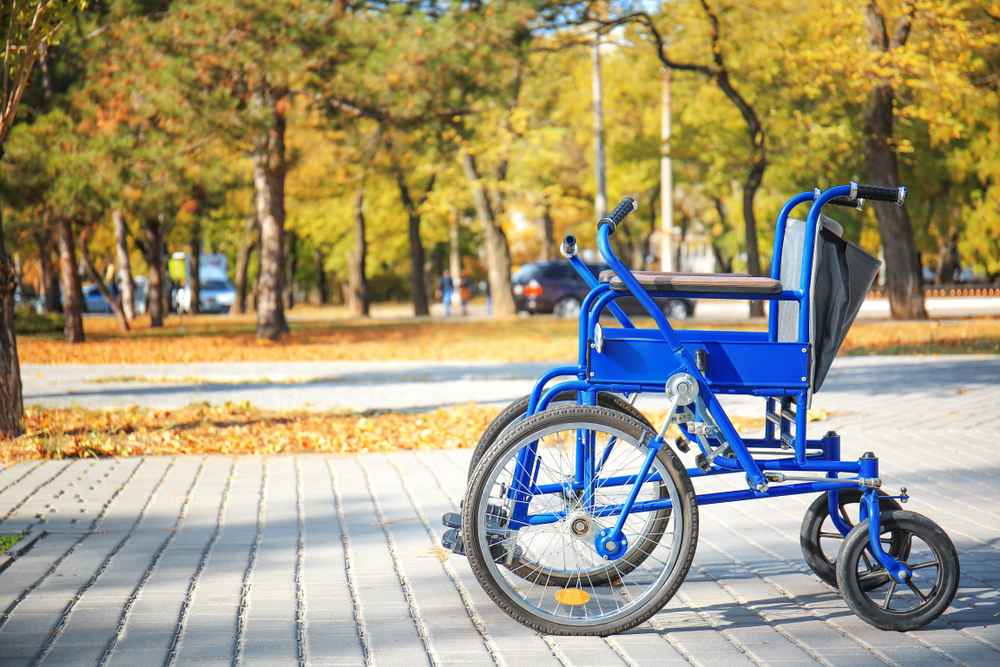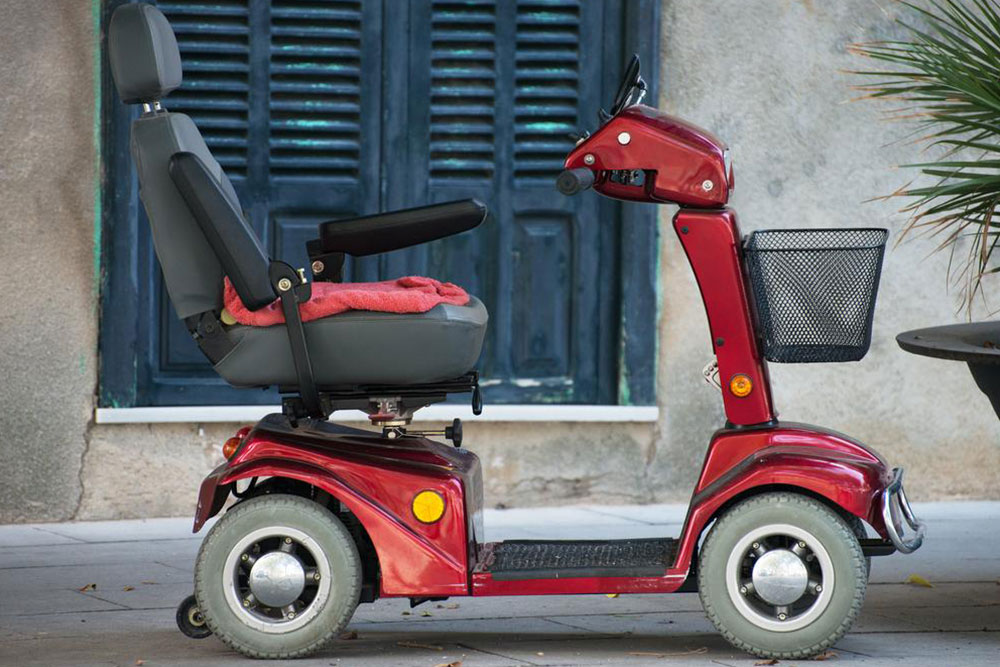Comprehensive Guide to Choosing the Perfect Electric Wheelchair for Your Needs
This comprehensive guide provides detailed insights into selecting the right electric wheelchair, emphasizing critical factors such as weight capacity, size, battery life, speed, maneuverability, portability, and customization options. Perfect for users seeking enhanced mobility, the article helps understand essential features to make an informed purchase, ensuring comfort, safety, and convenience tailored to individual needs.

Comprehensive Guide to Choosing the Perfect Electric Wheelchair for Your Needs
Selecting the ideal electric wheelchair is a crucial decision that can significantly enhance your mobility, independence, and quality of life. With a wide array of models and features available in the market, making an informed choice requires understanding key factors that influence performance, comfort, and convenience. This comprehensive guide will walk you through essential considerations to help you select the most suitable electric wheelchair tailored to your specific needs and lifestyle.
Understanding Weight Capacity
One of the foremost factors to evaluate is the weight capacity of the wheelchair. Most standard electric wheelchairs are designed to support up to 300 pounds, which suits the majority of users. However, for individuals with higher body weight, it's critical to opt for models with higher weight limits to ensure safety and durability. Heavy-duty electric wheelchairs, such as the Pride Mobility Quantum 6, can accommodate up to 450 pounds, providing robust support for larger users. Always check the manufacturer’s specifications to match your weight requirements accurately.
Dimensions and Size Considerations
Knowing the size and dimensions of your electric wheelchair is vital for ensuring it fits comfortably within your living and travel environments. Most models are built to pass through standard doorways and hallways; however, if you have narrow spaces or tight corners, verify the exact width, length, and height of the chair. Seat width is especially important for larger users to ensure comfort and stability. Additionally, consider the overall footprint when the wheelchair is folded or disassembled for transport.
Assessing Battery Life and Range
Battery performance directly impacts your ability to travel independently. Longer battery life allows for extended outings without frequent recharging. Typical ranges per charge vary between 10 to 25 miles, influenced by factors such as user weight, terrain, and terrain inclines. Lithium-ion batteries are preferred for their lighter weight and longer lifespan. Always check the estimated travel distance and battery replacement options to ensure your mobility needs are met.
Maximum Speed and Performance
If you require faster travel capabilities, especially for outdoor use or longer commutes, consider models with higher maximum speeds. Rear-wheel drive electric wheelchairs, such as the Sunrise Medical Quickie Xplore, can reach speeds of up to 8.5 mph, offering quicker transportation options. However, higher speeds may also require better maneuverability and control, so balance speed with handling features.
Understanding Turning Radius and Maneuverability
In crowded or tight spaces, the ability to turn efficiently is critical. The turning radius determines how sharply the chair can navigate corners and narrow corridors. Mid-wheel drive models typically have a smaller radius of around 20-30 inches, providing superior maneuverability in confined environments. Rear-wheel drive chairs generally need more space for turning. When selecting, consider your typical environment to choose the appropriate maneuverability features.
Portability and Transportability
For active users who frequently travel or require transportation, portability features are indispensable. Foldable electric wheelchairs, like the Invacare Nutron R51, are easy to store in car trunks and carry on public transportation. Quick-disassembly models, such as the Pride Mobility Go-Chair, allow you to detach parts for easier handling. Lightweight materials and compact folding mechanisms enhance convenience without compromising performance.
Adjustability and Comfort Features
Enhanced comfort and customization are achieved through adjustable features. Models such as the Pride Mobility Quantum 6000Z offer tilt, recline, and seat elevation capabilities to accommodate various medical and comfort needs. Standing electric wheelchairs enable users to transition between sitting and standing positions, promoting additional health benefits like improved cardiovascular circulation and pressure sore prevention. These adjustable options contribute significantly to long-term comfort and health management.
Wheel Types, Placement, and Surface Handling
Wheel configuration impacts a wheelchair’s performance on different terrains. Drive wheel placement — front, middle, or rear — influences speed, stability, and ability to handle uneven surfaces. Front-wheel drive is well-suited for rough terrains but may have slower speeds. Mid-wheel drive offers excellent maneuverability within tight spaces, making it ideal for indoor use. Rear-wheel drive models deliver higher speeds and better long-distance travel capabilities. Regarding wheel types, pneumatic tires provide better shock absorption on uneven surfaces, while solid rubber tires are maintenance-free and more durable on smooth surfaces.
In conclusion, choosing the right electric wheelchair involves careful consideration of multiple factors tailored to personal needs and lifestyle. Whether prioritizing weight capacity, size, battery range, maneuverability, or portability, understanding these key aspects will help ensure a satisfying purchase that enhances mobility and independence. Consulting with healthcare professionals and trying out different models can further assist in making an informed decision, ensuring comfort, safety, and functionality are achieved seamlessly.





